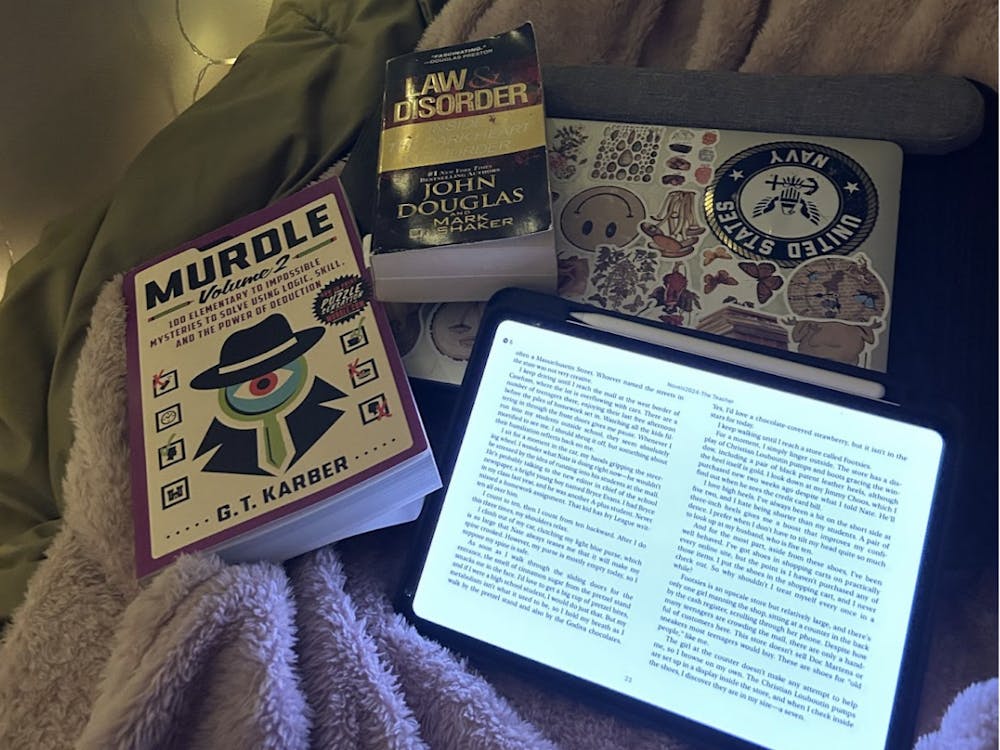
Let me tell you a secret, good friends: I have, for most of my life, dealt with an unhealthy relationship to food. This isn’t something I ever discuss.
And who can blame me? To casually say “I have an eating disorder” is almost as uncouth as cursing at a kindergartner’s birthday party. The audience’s reaction of shock, horror and disappointment is nearly identical.
Yet, while it terrifies me to write this article, imagining all the judgment I might endure, it also feels utterly essential. Because, frankly, there is no way to eradicate a stigma other than to openly defy it.
There are a wild number of misconceptions about eating disorders (ED).
When most people hear this phrase, they imagine a skeletal girl with her hair falling out, measuring her waist size in front of the mirror and puking up every edible object that crosses her lips. But firstly: Not everyone with an ED falls into the simple diagnoses of anorexia or bulimia.
Secondly: Not everyone with an ED is thin. Thirdly: EDs are neither as rare nor as obvious nor as medically dire as people might believe.
In reality, they are quiet, hidden menaces. They lurk in your subconscious, sometimes dormant for years at a time until they find you at your weakest; and then, suddenly, all the shame and self-hatred grows within you like poison ivy — merciless, senseless and inescapable.
According to the Renfrew Center Foundation for Eating Disorders, EDs affect 70 million individuals worldwide. But one doesn’t need to be diagnosed with the illness to suffer through an unhealthy relationship with food. In the United States, one in five women struggle with disordered eating (National Institute of Mental Health).
Most alarming to me: Over 50 percent of females between the ages of 18 and 25 would prefer to be run over by a truck than to be considered “fat.” Evidently, especially amongst women, body image is a constant concern — one that I know all too well.
When I was younger, I ate to deal with anxiety. My relatives still sometimes refer, jokingly, to my habits: I was “The Juice Queen” and “The Butter Queen.”
Both names now make me immediately nauseous. I keel over with disgust when my brother recalls how my parents asked one November night: “Who took all the Chips Ahoy?” While I stood in embarrassed silence, he hid his knowledge of the truth: me, curled up on the couch, wolfing down cookies to suppress my late-night sobs.
During the early years of my adolescent development, while my sister struggled with symptoms of bipolar disorder and autism, I quenched my worry with food.
Since then, the issues have taken new shape. In middle school, my mother suggested I go on Weight Watchers.
This “advice” hit me with indignation. How dare my mother tell me I need to change my body, I thought. I refused to give in to someone else’s idea of beauty.
Yet, in my sophomore year of high school, I finally realized that I was not happy with the way I looked. I did not feel attractive, and to me, this would not change unless I took action.
So I did. I tried Weight Watchers; I counted calories; I refused desserts; I went to the gym for an hour and a half every day after school, perching my AP study books on the elliptical.
And any time I doubted my diet, I would reread the inspirational index cards I had carefully prepared, which said: You’ll be confident for college. You’ll make so many friends. You’ll be desirable to men. You’ll fit into tiny dresses and bikinis. You’ll feel so free. By senior year, I had lost forty pounds.
With this, I honestly did gain confidence. I felt reborn, strutting into Hopkins with a body I was finally not afraid to display. Freedom, though? I’m not so sure.
While for many months I cherished my athletic build and my newfound taste for plant-based meals, it did not take long for my disordered habits to re-emerge.
The brain, while ever-changing, remembers its triggers, and with the perfect storm of negative thoughts, mine reverted into disorder. This time, it was even worse.
It was spring 2017, after the messy termination of my first long-term relationship. I felt (as many of us do with a lost love) like part of my identity had been stripped from me. And in that vulnerable state, I learned the art of making oneself throw up.
At first, I only did it when drunk. It was a self-corrective tool, an “antidote for too much alcohol,” I told myself. But it only escalated from there.
In my sadness, I started drunk-eating to an alarming degree: an entire pizza; half a jar of Nutella; my roommate’s leftover Chipotle. When I did this, my drunken mind plunged straight into guilt: Oh my gosh, Lily, you monster, how could you do that? I would run to the bathroom and shove my finger down my throat like a punishment.
And then — well, you can all probably anticipate what happened next. The final straw: I made myself throw up from overeating alone.
This happened more recently than I care to admit. But finally, there I was, rinsing with mouthwash, looking at my weary-eyed reflection in the mirror, when I owned up to it at last: I have an eating disorder. Or disordered eating, maladaptive eating, unhealthy body image — whatever you may call it.
This ghost has haunted me in silence for years. I struggle even today. But while this remains a part of my story, it is not something that must define me. It is something I can bravely and persistently defy.





